Ginkgo Male Vs. Female: Telling Male And Female Ginkgoes Apart


Ginkgo biloba is a strong, long-lived specimen with many uses here in the U.S. It grows as a street tree, on commercial properties, and in the home landscape of many. Sources say it is near perfect as an urban tree goes, as it can grow and thrive in pollution, resists disease, and is easy to prune. However, one thing that’s not so near perfect is its sex.
How to Tell Ginkgo Sex Between Trees
The gingko is a beautiful tree, growing in a diversity of climates. It is the only surviving specimen of the division Ginkgophyta that has not become extinct. There are many instances of prehistoric fossils of this tree being found, some dating as far back as 270 million years. Fossils were found on all continents with the exception of Antarctica and Australia. Needless to say, it’s been around awhile.
You may ask, are ginkgoes dioecious? They are, with both male and female plants. Female plants are the source of the only complaint lodged against this tree, with smelly fruit that drops in autumn. In fact, some street cleaning crews in areas where the trees grow in mass are assigned to pick up the fruit as it drops.
Unfortunately, the growth and dropping of the fruit is also about the only way to tell a ginkgo male vs. female. Described as an offensive, long-lasting smell, the edible fruit is a definitive way to determine the sex of this tree. If your goal is to avoid the foul-smelling, untidy fruit, then you may be wondering about other methods of telling male and female ginkgoes apart.
Flowers in bloom can also give some indication of sex, as the female flower has a single pistil. These trees bear seeds within cones, comprised of seeds on the inside. The outer covering, called sarcotesta, is what emits the stinky smell.
Learning how to tell ginkgo sex has been a course of study for arborists, scientists, and horticulturists alike. The presence of this covered seed is the only way to tell male and female ginkgo differences. A few ‘male only’ cultivars are in development, but this is not foolproof either, as it is proven that the ginkgo trees can change sexes. So even if there is a way of telling male and female ginkgoes apart, that doesn’t mean the sex of the tree is permanent.
Many states in the U.S. and cities in other countries continue to plant ginkgo trees. Obviously, the ease of their growth and inexpensive maintenance overrides the smell of the autumn season. If you wish to find a male ginkgo for planting, keep an eye on cultivar development. New varieties are on the horizon.
Gardening tips, videos, info and more delivered right to your inbox!
Sign up for the Gardening Know How newsletter today and receive a free copy of our e-book "How to Grow Delicious Tomatoes".

Becca Badgett was a regular contributor to Gardening Know How for ten years. Co-author of the book How to Grow an EMERGENCY Garden, Becca specializes in succulent and cactus gardening.
-
 8 Noteworthy Native Azaleas Every Gardener Should Know – And Grow!
8 Noteworthy Native Azaleas Every Gardener Should Know – And Grow!Native azaleas offer brilliant blooms in a range of colors and sizes. Here are a few favorites to get inspired and start working on a native shade garden!
-
 Growing Climbing Roses: How To Create Elegant Displays With Maximum Blooms
Growing Climbing Roses: How To Create Elegant Displays With Maximum BloomsMaster the art of growing stunning climbing roses with this essential guide to creating vibrant, fragrant walls and structures all summer long.
-
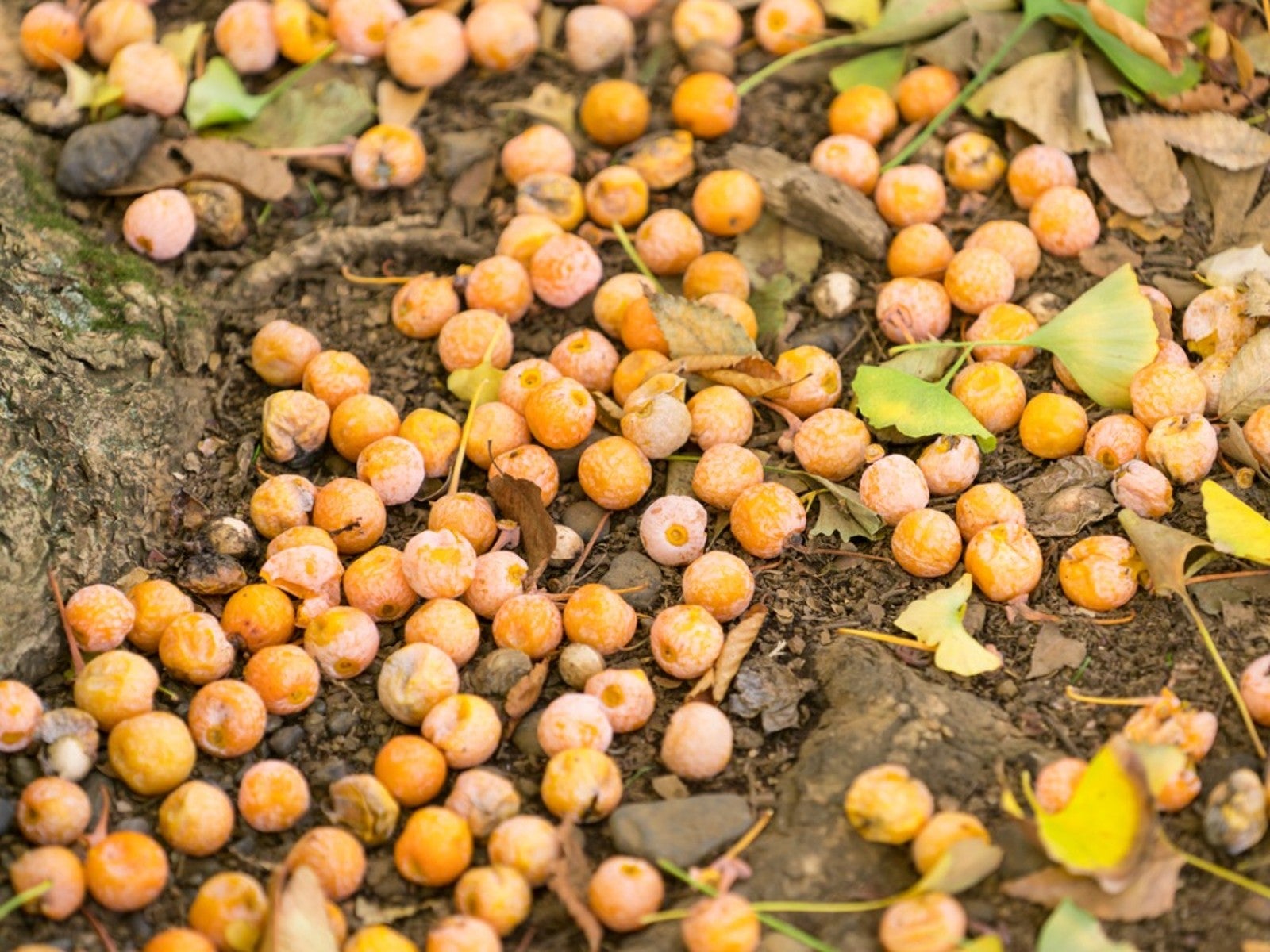 How To Get Rid Of Smelly Ginkgo Biloba Fruit
How To Get Rid Of Smelly Ginkgo Biloba FruitIt is possible to avoid the ginkgo smell with a little planning. Eliminating the odor, however, is a different story! Click here for more.
-
 Feeding Ginkgo Trees: Learn About Ginkgo Fertilizer Needs
Feeding Ginkgo Trees: Learn About Ginkgo Fertilizer NeedsAs you might imagine, fertilizing ginkgo trees is rarely necessary and the tree is adept at managing on its own. However, you may want to feed the tree lightly if growth is slow or if leaves are pale or smaller than usual. This article will help get you started.
-
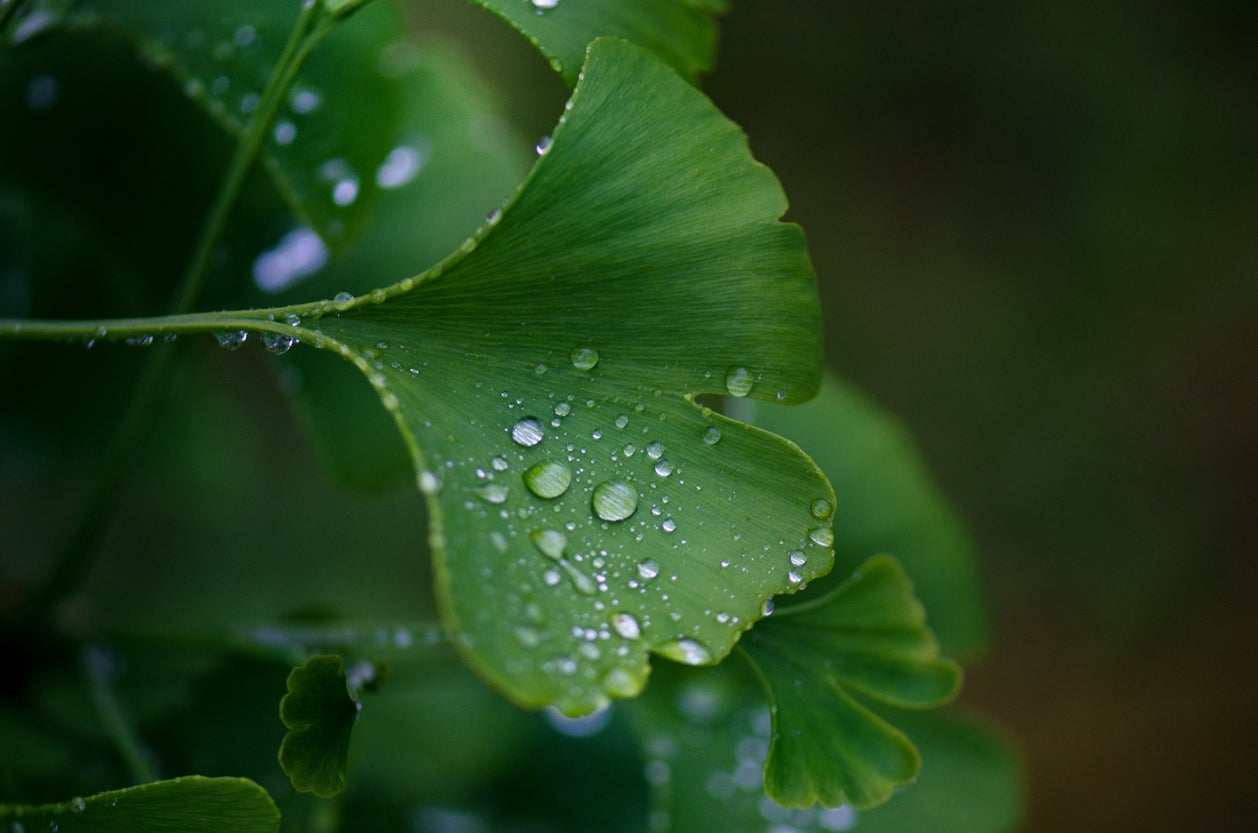 Ginkgo Water Requirements: How To Water Ginkgo Trees
Ginkgo Water Requirements: How To Water Ginkgo TreesA ginkgo tree is a lovely ornamental or shade tree in yards. Once ginkgo trees are established, they require little maintenance and care. But considering ginkgo water requirements will help you ensure the trees in your garden are healthy and thriving. Learn more here.
-
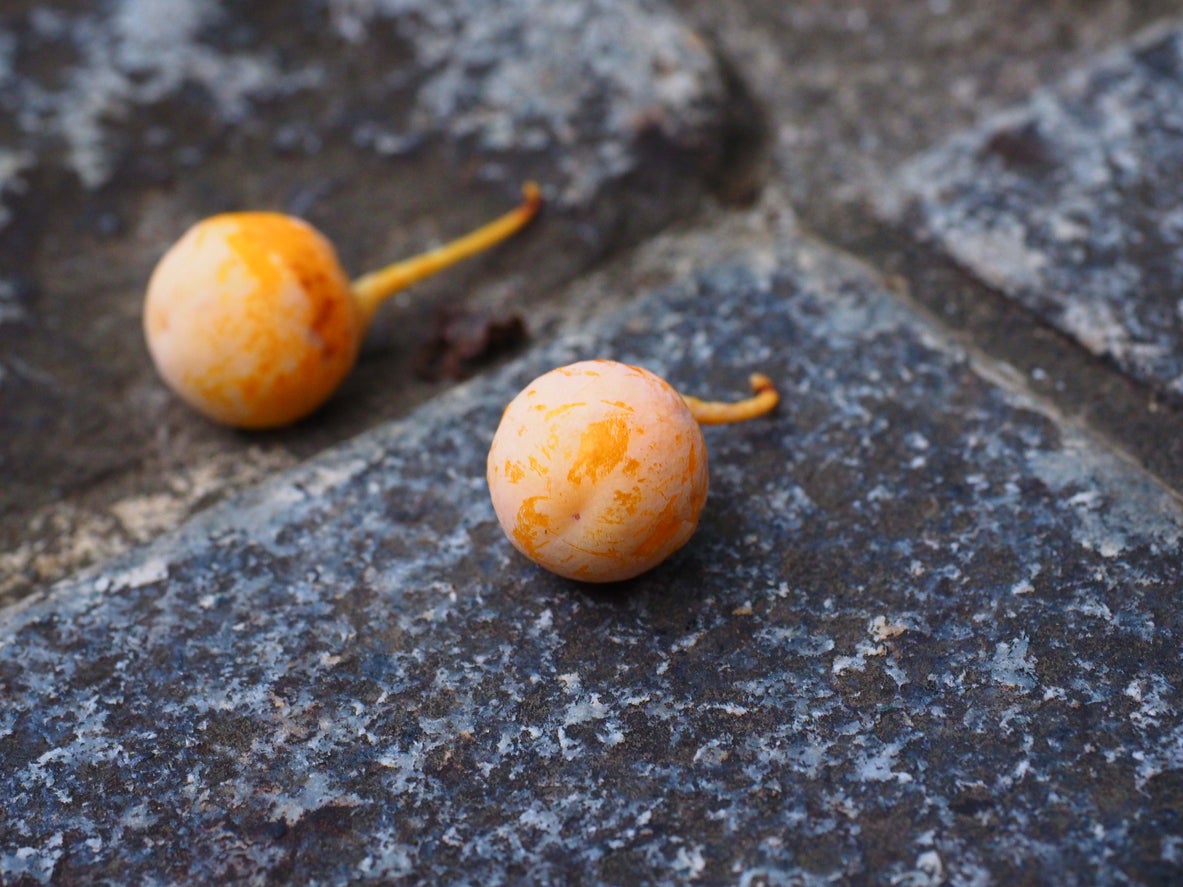 Ginkgo Seed Propagation Guide – How To Plant Ginkgo Seeds
Ginkgo Seed Propagation Guide – How To Plant Ginkgo SeedsOne of our oldest plant species, Ginkgo biloba can be propagated from cuttings, grafting or seed. The first two methods result in plants much quicker, but growing ginkgo trees from seed is an experience not to be missed. Click here for tips on planting ginkgo seeds.
-
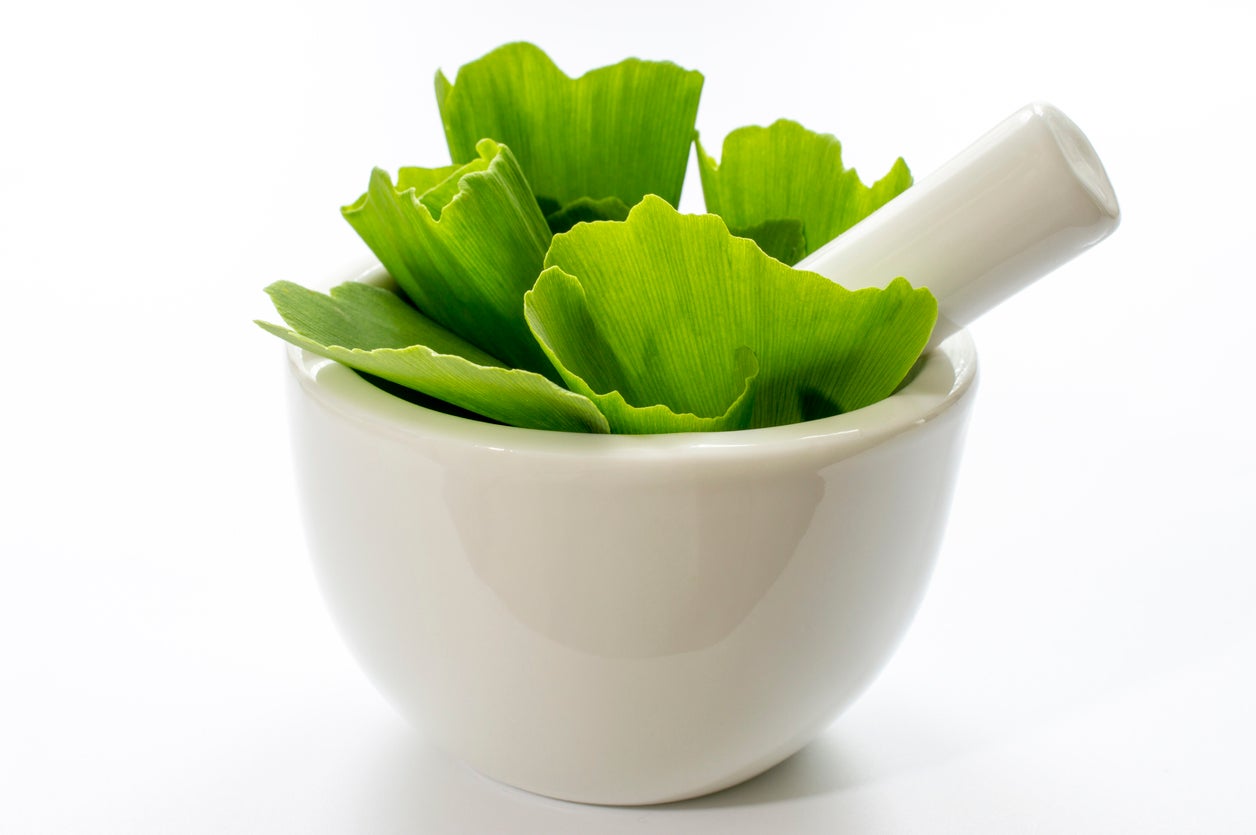 Is Ginkgo Good For You – Learn About Ginkgo Health Benefits
Is Ginkgo Good For You – Learn About Ginkgo Health BenefitsMedicinal ginkgo has been in use for at least 5,000 years and probably even longer. Modern ginkgo health benefits target memory and prevent certain signs of brain aging, but there are more historical uses for the plant. Learn what they are in this article.
-
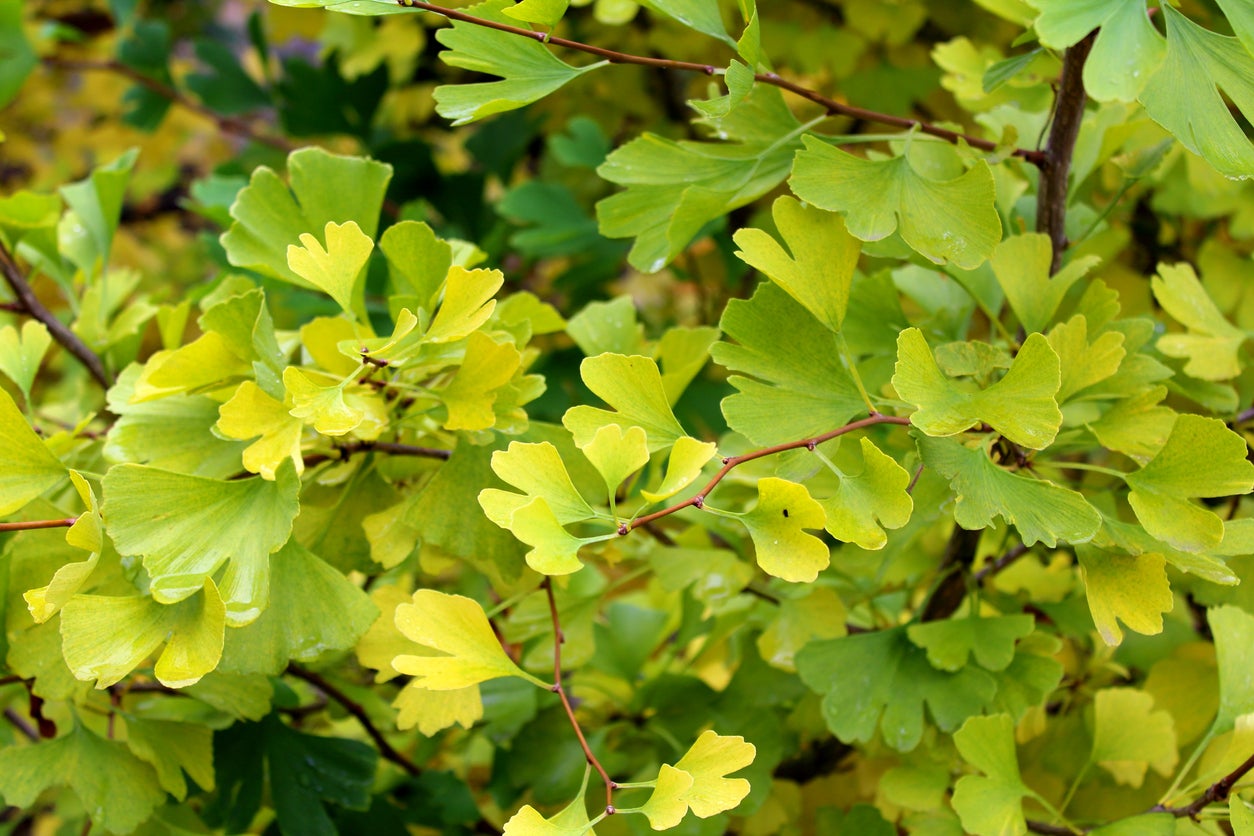 Managing Sick Ginkgo Trees: How To Control Diseases Of Ginkgo Trees
Managing Sick Ginkgo Trees: How To Control Diseases Of Ginkgo TreesGiven how long the ginkgo trees have survived on the planet, it won’t surprise you to learn that they are generally strong and healthy. Still, ginkgo tree diseases do exist. Click here for information about the diseases of ginkgo with tips for managing sick ginkgo trees.
-
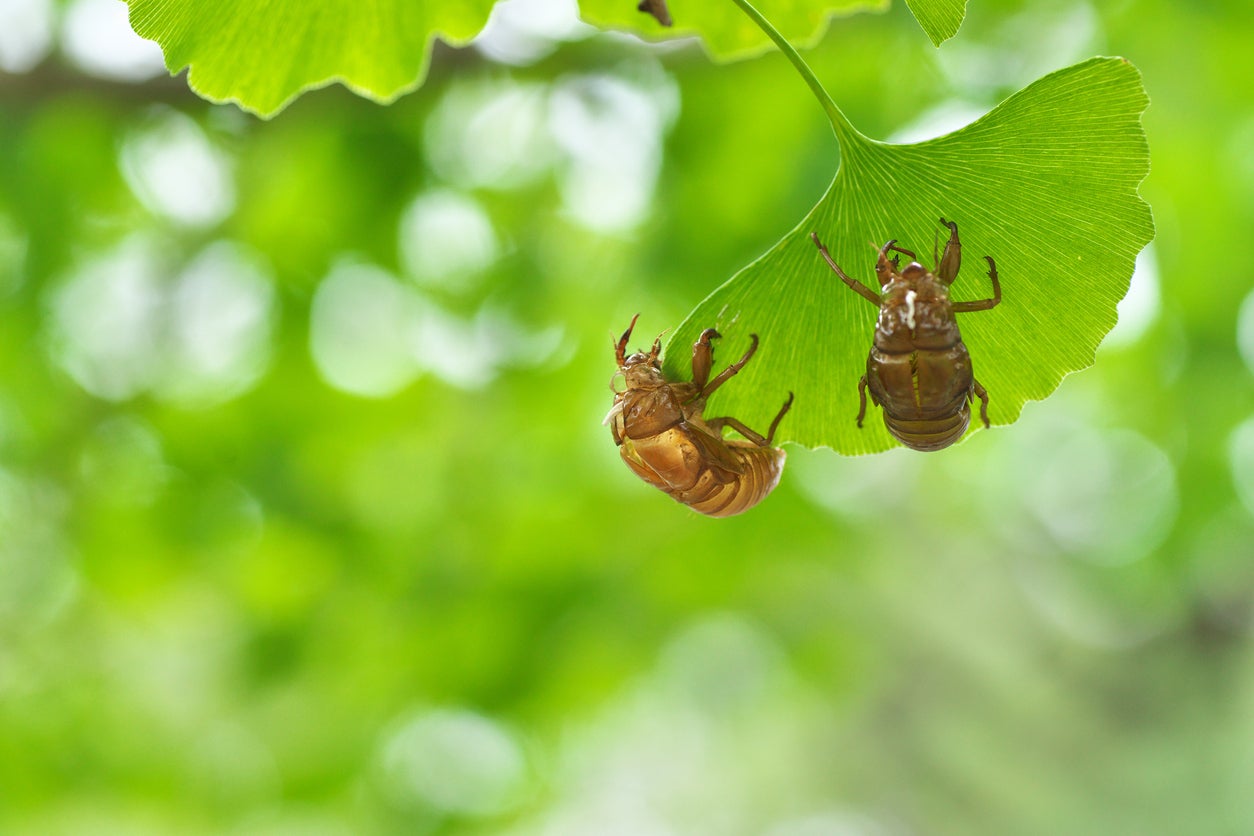 Ginkgo Insect Problems: Are Pests On Ginkgo Trees Serious
Ginkgo Insect Problems: Are Pests On Ginkgo Trees SeriousEven though there are very few bugs that prey on ginkgo trees, that doesn’t mean the species doesn’t have its share of ginkgo insect problems. So what kinds of ginkgo pests might be found on the tree? Click on the following article to learn more.
-
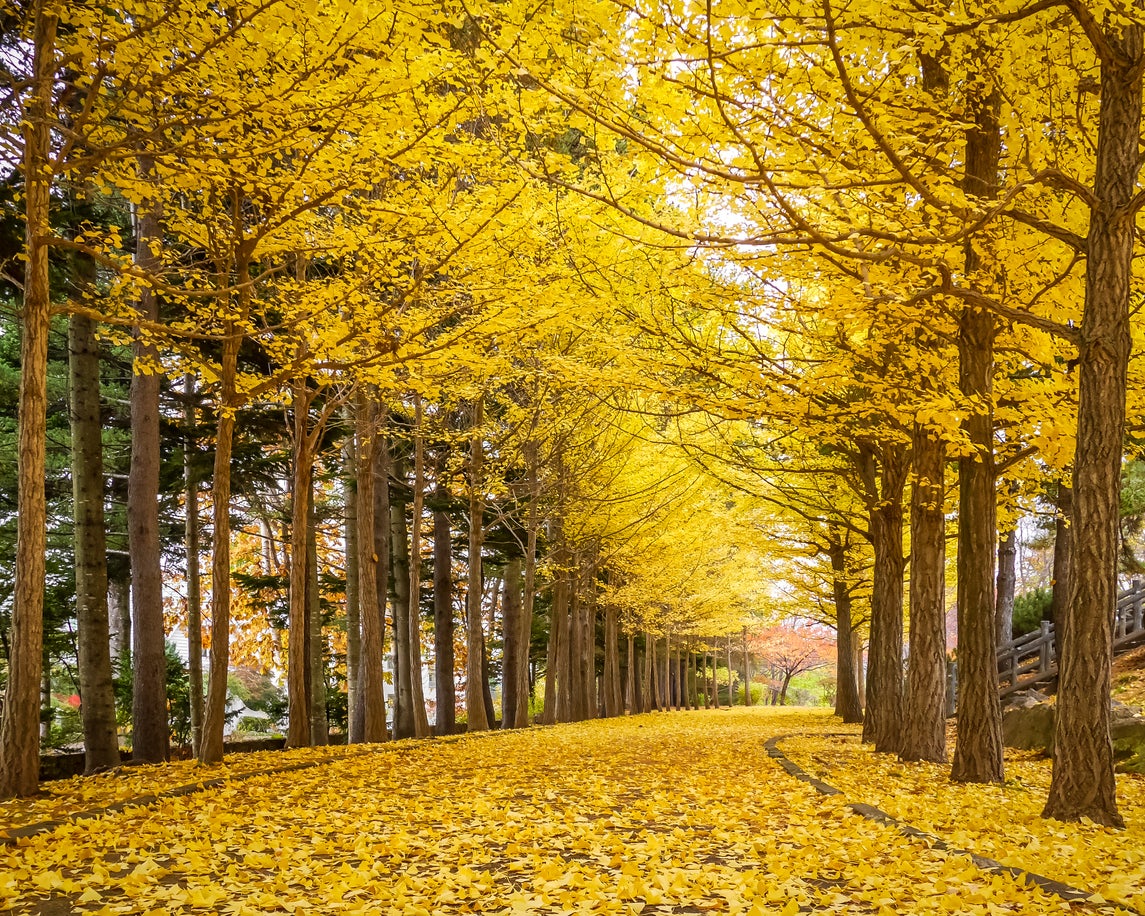 Common Ginkgo Cultivars: How Many Kinds Of Ginkgo Are There
Common Ginkgo Cultivars: How Many Kinds Of Ginkgo Are ThereGinkgo trees are unique in that they are living fossils, largely unchanged for nearly 200 million years. In the landscape, different kinds of ginkgo can be big shade trees and attractive ornamental additions to gardens. Learn about different varieties in this article.